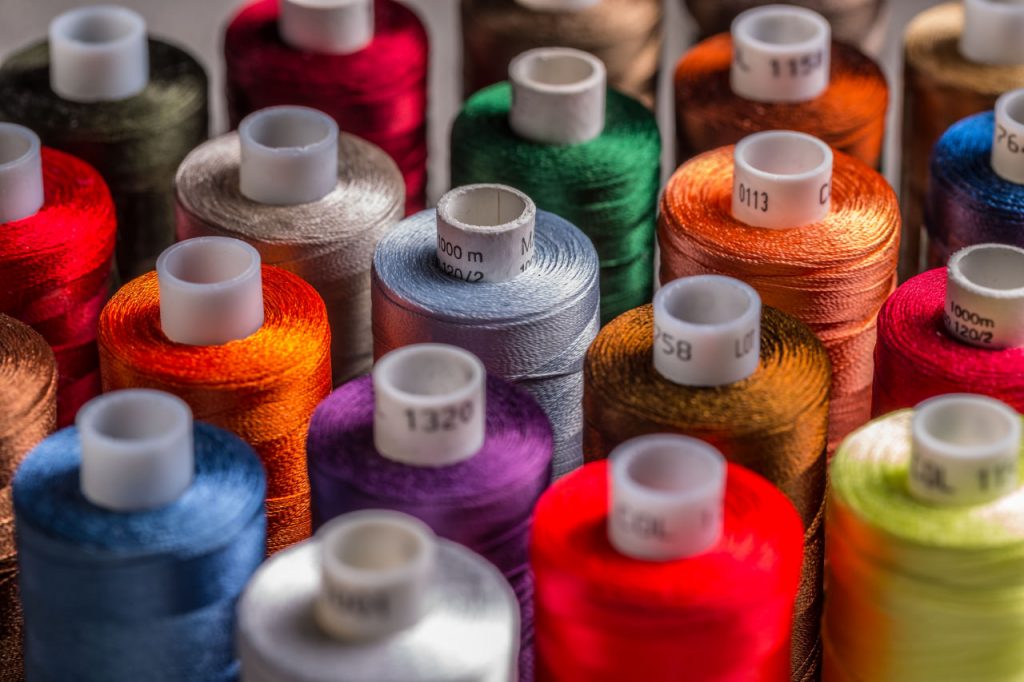Before the first stitch is made, before the first color is chosen, every silk thread artist begins with a small ritual: selecting tools. It may seem like a simple step, but the materials you choose shape not only your artwork — they shape your experience.
Silk thread painting is a delicate, intentional art form. It doesn’t require a room full of equipment or high-tech tools. But it does ask for quality, care, and a bit of thoughtfulness. Like a musician tuning their instrument, the process begins by preparing what your hands will use to create.
The Soul of the Stitch: Silk Thread
Not all threads are created equal. For silk thread painting, true silk embroidery floss offers a depth, shine, and softness that synthetic threads simply can’t match. It reflects light with a subtle glow, adding life and movement to every image. The texture is smooth but responsive — letting you build up color in thin washes or bold strands.
Silk threads come in a range of types: flat silk for traditional sheen, twisted filament for strength, and spun silk for a more matte finish. As you experiment, you’ll learn how each behaves under tension, how they layer, and how they interact with the fabric beneath.
Choose colors that speak to you — but don’t overcomplicate it. A small, thoughtful palette often leads to richer, more harmonious work.
The Right Fabric: A Blank Canvas That Supports You
Just as painters need a good canvas, thread artists need the right ground. The ideal fabric for silk thread painting is tightly woven but not stiff — cotton sateen, linen, or fine silk organza are all beautiful choices. Your fabric should support the tension of the stitches without puckering or distorting.
Before you begin, always stretch your fabric in a hoop or frame. This keeps the weave taut and even, giving you a stable surface where your design can grow without shifting.
Needles: The Unsung Heroes
It may seem minor, but your needle makes a huge difference. You’ll want fine embroidery needles with a sharp point and a narrow eye. Silk thread is delicate — if the eye is too tight, it can fray or break the fibers. If the point is too dull, you’ll struggle with precision.
Needle size depends on your thread thickness and fabric. As a general rule: the finer your work, the finer your needle.
Optional Tools that Elevate Your Practice
- Thread conditioners (like beeswax or silicone-based products) can help keep silk smooth and tangle-free.
- Lighting is crucial — a good daylight lamp or natural light helps you see true color and fine detail.
- Small scissors with sharp tips let you trim threads cleanly without damaging fabric.
- Transfer tools such as water-soluble pens, lightboxes, or tracing paper help you bring your design to the fabric cleanly.
In silk thread painting, preparation isn’t a chore — it’s part of the creative ritual. As you gather your tools, you’re also setting your pace. You’re creating a space for beauty, patience, and focus.
Choose materials you enjoy working with. Touch them, notice them, let them inspire you. Because when your hands trust your tools, the art can flow naturally — and the experience becomes just as meaningful as the finished piece.
